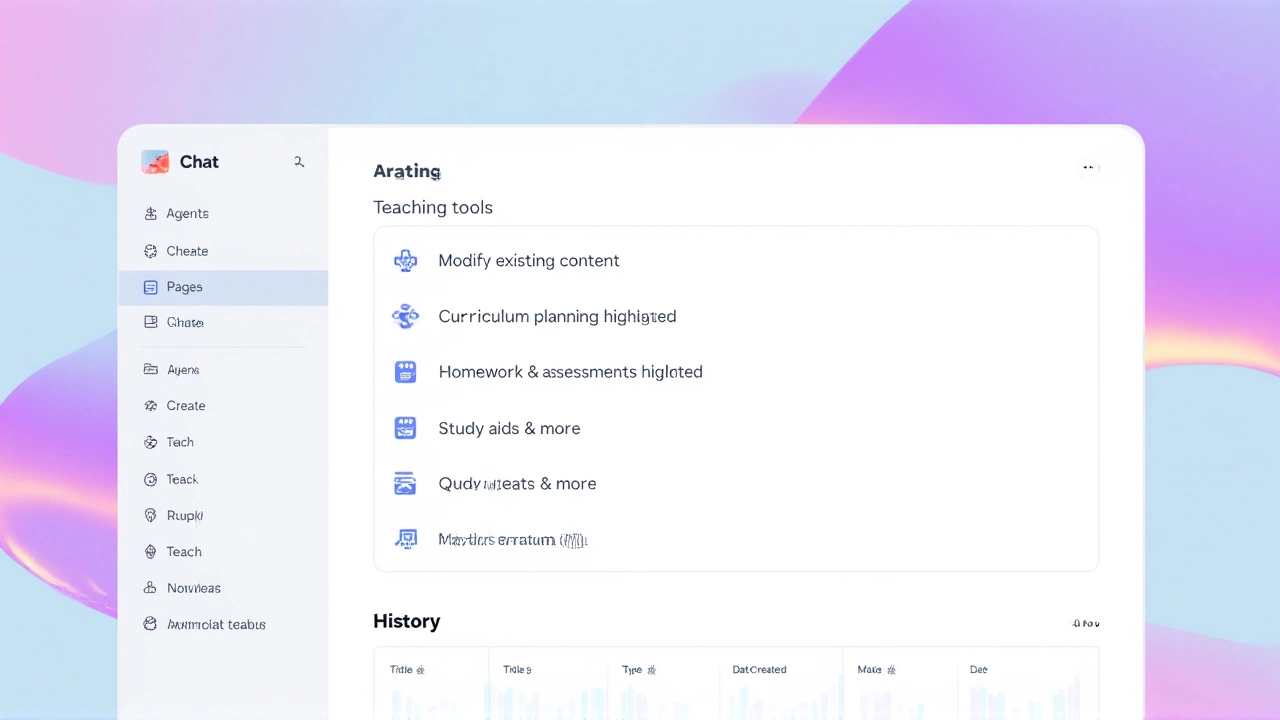
On November 5, 2025, GitHub quietly rolled out a feature that’s already changing how thousands of developers write pull requests: its GitHub Copilot coding agent now reads and respects repository-specific pull_request_template.md files. No more generic summaries. No more manually copying template sections. The AI doesn’t just generate text anymore—it follows the rules of your project.
What Changed? The End of the One-Size-Fits-All PR
Before this update, GitHub Copilot treated every pull request like a blank canvas. Even if a repo had a meticulously crafted template—complete with sections for related issues, change descriptions, and reviewer @mentions—Copilot would overwrite it with its own standardized summary. That frustrated teams working in regulated industries, open-source projects with strict contribution guidelines, and even internal enterprise codebases where consistency mattered. As one developer on GitHub Community Discussion #161745 put it: "It’s like having a personal assistant who ignores your memo pad." Now, when Copilot generates a PR description, it scans the repository forpull_request_template.md files in standard locations: .github/PULL_REQUEST_TEMPLATE/, PULL_REQUEST_TEMPLATE/, or even under docs/. If multiple templates exist, Copilot uses contextual clues from the code changes to pick the best fit. It’s not just copying text—it’s understanding intent.
Why This Matters: From Workaround to Workflow
This isn’t a minor polish. It’s a philosophical shift. For over a year, developers like dtinth had been pleading for this. In a post dated October 31, 2024, dtinth described how he was using voice memos, transcribing them, and feeding them into Claude 3.5 Sonnet just to fill out a GitHub PR template correctly. "It’s absurd," he wrote. "I’m paying for AI to help me code, but I’m doing the paperwork by hand." The new system kills that friction. Now, when a developer clicks "Create pull request," Copilot auto-populates the description with the exact structure the team agreed on. Need to link to Jira tickets? The template has a placeholder. Require a security checklist? Copilot fills it in. Need to tag the lead reviewer? It adds the right @mention.How It Works: No Setup, Just Standards
There’s no new button to click. No settings toggle. If your repo already has apull_request_template.md file, Copilot will use it. The file format hasn’t changed—it’s still Markdown with optional HTML comments like —but now Copilot reads them as instructions, not decoration.
GitHub confirmed that the system prioritizes templates based on the nature of the changes. A bug fix? It picks the "Bug Fix" template. A new feature? The "Feature Request" version. A documentation update? The "Docs" template. This intelligent selection was a major gap in earlier versions, where users had to manually append ?template= to URLs—a clunky workaround that defeated the purpose of automation.

Broader Context: AI That Fits In, Not Over
This update arrives alongside GitHub’s broader shift toward monetizing Copilot. Premium Copilot requests—those generated by the coding agent—began being tracked under dedicated SKUs on November 1, 2025. Billing for these requests started in June 2025 for GitHub.com users and August 2025 for GitHub Enterprise Cloud users. But this isn’t about revenue. It’s about trust. Teams don’t want AI that overrides their standards. They want AI that learns them. Microsoft’s Azure DevOps had similar template-aware PR generation for years. GitHub’s move aligns its AI with industry norms, not the other way around.What’s Next? Titles, Triggers, and Team Rules
The community is already asking for more. In Discussion #161745, users are pushing for Copilot to generate PR titles based on commit history and template context. Others want AI to auto-assign reviewers based on template @mentions. Some even suggest Copilot could flag incomplete template sections before submission. GitHub hasn’t announced these features yet. But given how quickly this update was implemented after years of community pressure, it’s safe to assume they’re on the roadmap. The real win here isn’t the template support—it’s the signal: GitHub is listening. And AI isn’t here to replace workflows. It’s here to make them better.
Background: The Long Road to Template Integration
The roots of this feature go back to December 23, 2022, when user Ignigena opened GitHub Community Discussion #42499, complaining that PR templates required manual URL manipulation to activate. "Why can’t GitHub just prompt me to choose?" they asked. For over two years, GitHub’s official documentation (last updated May 15, 2025) explicitly stated: "GitHub Copilot does not take into account any existing content in the pull request description." That changed on November 5, 2025. The update didn’t just fix a bug—it honored a decade of established open-source practices. Repository templates weren’t an afterthought. They were a cultural norm. And now, AI respects culture.Frequently Asked Questions
How do I set up a pull request template for GitHub Copilot to use?
Create a file named pull_request_template.md in your repository’s .github/PULL_REQUEST_TEMPLATE/ folder, or directly in the root or docs/ directory. Use standard Markdown with optional HTML comments like to structure sections. Copilot automatically detects and uses it once the file is merged into the default branch.
What if my repo has multiple templates? How does Copilot choose?
Copilot analyzes the code changes, commit messages, and file paths to determine the most relevant template. A change to the API docs? It picks the "Documentation" template. A security patch? The "Security" one. There’s no manual selection needed—Copilot infers intent from context, making the process seamless.
Does this work with GitHub Enterprise and private repos?
Yes. The feature works identically across GitHub.com and GitHub Enterprise Cloud (GHE.com). It’s available to all users on paid Copilot plans, including teams and enterprise customers. No additional configuration is needed beyond having a valid pull_request_template.md file in your repo.
Can Copilot now generate PR titles too?
Not yet. As of November 5, 2025, Copilot only auto-fills the PR description body. But community feedback is pushing for title generation based on commit history and template context. GitHub has acknowledged this request internally, and early tests suggest it’s likely coming in early 2026.
Is this feature available for free Copilot users?
No. This enhancement is only available to users on GitHub Copilot’s paid plans, which include Copilot Individual, Team, and Enterprise subscriptions. Free-tier Copilot users still get basic code suggestions but not AI-generated PR summaries or template integration.
How does this compare to Azure DevOps’ PR templates?
Azure DevOps has supported template-aware PR generation since 2021, allowing branch-specific and default templates with optional user prompts. GitHub’s implementation now matches that functionality, but with a key difference: Copilot uses AI to auto-select the template instead of requiring manual selection or URL parameters. It’s more intelligent, not just more similar.